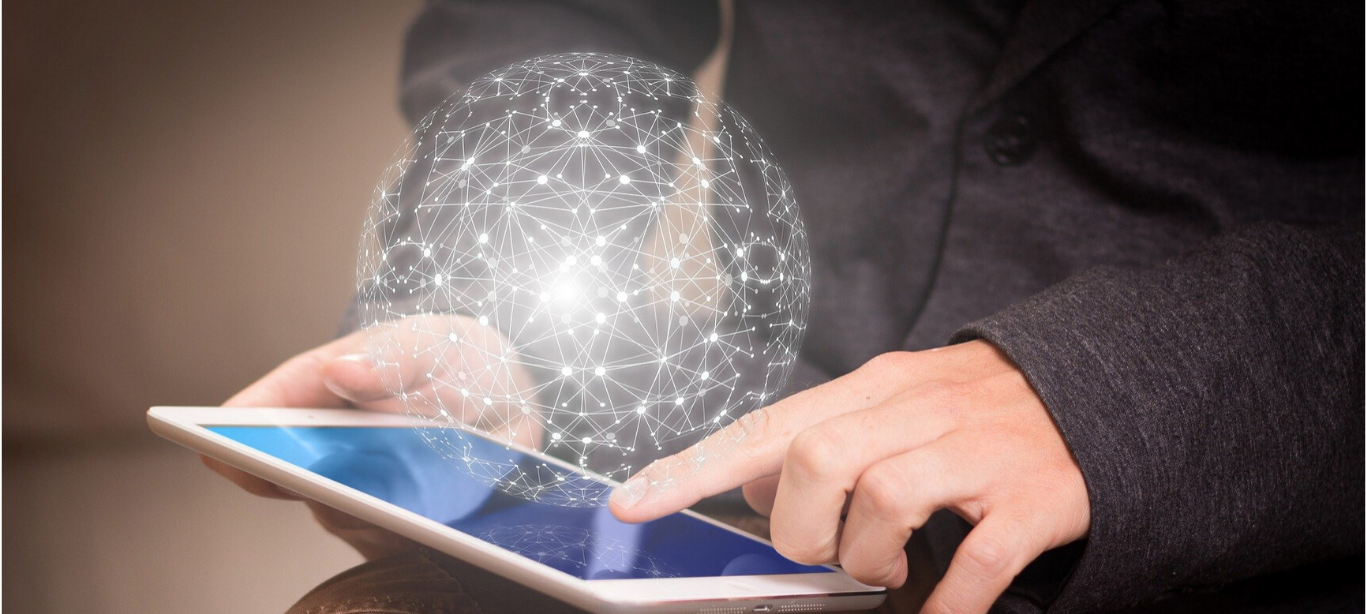
Long before the COVID19 pandemic hit us, the digital transformation boom set us on the road to alter our supply chains with the help of technology. The procurement organization in partnership with IT started investing in digital solutions to help them streamline their information, process, and workflows, enabling easy integration, improved data visibility and increased compliance and collaboration between stakeholders.
In 2019, a Deloitte Global CPO survey in 2019 found that CPOs were at various stages of the digital maturity curve in their understanding and implementation of the digital procurement transformation. The survey also found that two-thirds of CPOs are adopting digital technologies to automate their contract management, e-procurement, sourcing, invoicing and payment workflows. Of the remaining, only 14% of the CPOs were planning to invest in advanced technologies such as cognitive computing, IoT, augmented reality, among others.
However, the pandemic has aggressively accelerated the need for CPOs and their supply chain organization to get on the hyper-digital wave. COVID-19 has shown that our supply chains are broken, our workers vulnerable, and restrictions and delays at borders have impacted our contractors and suppliers’ ability to implement contracts and fulfil customer commitments. The pandemic has given rise to a number of theories and speculations in support and opposition respectively. Ever wondered if AI could have prepared us to handle our supply chains better in the COVID era? Can AI prepare us better to handle a future pandemic?
Data before intelligence
Even as we prepare to address this possibility, CPOs have realised that the value of insights is as good as the data used. Therefore, it is to realise early on that a company’s digital journey should start with driving a single source of truth and ensuring that all stakeholders trust that data. For this to happen, our contract repositories and performance tools must be:
- Automated
- Digitized
- Deployed enterprise wide
- Integrated
Even though digital procurement transformation initiatives are implemented company wide, one big challenge that CPOs still face is streamlining inconsistent contracting processes across regions, especially when companies are geographically spread and distributed in nature.
It can be frustrating for CPOs and CIOs/CTOs alike – who lead this transformation and are still unable to streamline the process and people inconsistencies even though they are using exponential technologies to recalibrate and redefine traditional roles and functions to drive operational efficiencies, enhance user experiences and increase savings, combined with artificial intelligence and automation. All this can lead to a high inaccuracy of data, leading to massively reducing the potential benefits of artificial intelligence. Therefore, with good data across systems, AI can probably learn from our actions we take now to handle a current crisis.
Leveraging intelligence
As CPOs today gradually embrace digitization in contract management and use basic AI & ML capabilities in spend analytics, it is mostly limited to collating, classifying, and visually representing data for identifying patterns and savings opportunities. However, the application of artificial intelligence in contracting goes wide and far.
Contract Management
Intelligence can help identify relevant terms and conditions hiding in the contracts that might be exposing the business to higher risk. It can help automate recurring processes such as monitoring expiring contracts, demand-procurement gaps, price negotiations, etc. The use of AI in contracting has the potential to change the way organizations create contracts in the future, leverage contracting data for evaluating overall procurement and supplier performance, and gradually influence the existing contracting processes in their respective organization. Take for instance, C-Vantage can help you resolve exceptions in a timely manner, and thus, improve efficiency, reduce risk exposure, to help you stay informed and drive key decisions. It helps you realise the real value of your contracts by lowering procurement costs, reducing commercial risks, and enabling you to derive continuous value from your contracts at every stage of your contract life cycle.
Sourcing Strategy
Teams can leverage ML & AI to assess the multiple market trends and customer behaviour to predict future changes in demand of products and commodities. Using technology, teams can analyze not only unstructured data but also diverse data from multiple external factors such as commodity pricing, economic fluctuations, geopolitical fluctuations, etc. In our conversations with customers, we have seen that procurement teams often want the arsenal in market intelligence, supplier suggestions and product comparisons product comparatives to ensure that purchase is most optimum.
Enhanced Buyer Efficiency
The CPO of Michelin, Helena Paul, once said that she believes that intelligent procurement is all about creating value and enhancing the user experience. ML & AI can add value to businesses as well as consumers by enabling buyers to focus more on the high-value-added activities and swiftly swim through the low-value-added activities. Intelligence can guide buyers to the correct purchasing tool, such as defining the correct request for proposal. ML & AI can propose recommendations to buyers on multiple aspects from supplier assessments and performance management, to risk management and compliance. The use of AI -based tools in procurement decision-making can help you create and analyse past contracts to ease supplier negotiations and purchase decisions.
The pandemic may have given rise to new theories and speculations, but the truth is that a quarter of companies and CPOs surveyed in 2019 are already betting big areas such as AI/cognitive technologies in contract management, price comparisons, discount predictions, alternative product recommendations. However, whether AI could have helped us better in the COVID-19 crisis, or it can help us prepare better for a future pandemic, the answer relies on the old principle of ‘garbage in is garbage out’ or looking inward and asking: How good is my data?

 Moglix Business
Moglix Business Moglix Marketplace
Moglix Marketplace